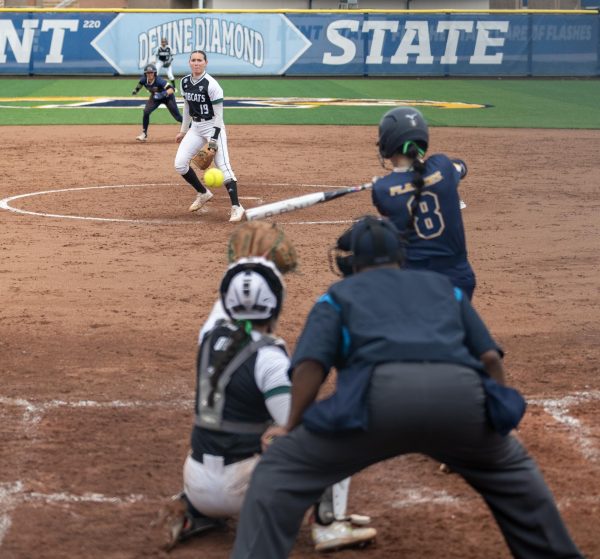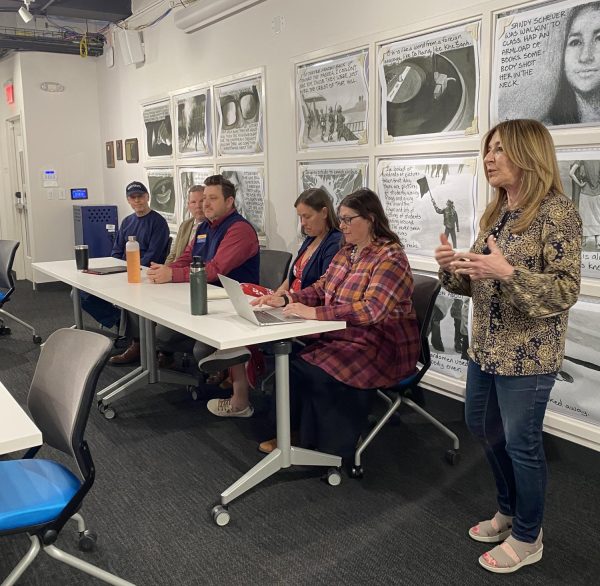Police department looks to curb high-risk habits
July 25, 2007
PHOTO ILLUSTRATION BY DAVID RANUCCI | SUMMER KENT STATER
Credit: DKS Editors
Kent State Police Services is always looking for ways to curb high-risk drinking and improve safety for students, crime prevention officer Alice Ickes said.
A 2004 university study found Kent State has a higher rate of high-risk drinkers than the national average.
These results, the latest available, showed that while the national average of student high-risk drinkers was 44 percent, 55 percent of Kent State students were high-risk drinkers.
“We are not trying to end student drinking,” Ickes said. “We want students to reduce their high-risk behaviors.”
High-risk drinking is when a male consumes five or more drinks on one occasion in a two-week period. For women, high-risk drinking is four or more drinks during that same length of time, according to the study.
Police services are implementing strategies to deal with high-risk behaviors similar to those at other universities. The strategies include increasing disciplinary measures, improving intervention and communication, as well as expanding law enforcement, positive student engagement and community development.
Ohio University implemented these measures in 2006 and has had some success. A recent Ohio University report noted a decline in student drinking violations. Kent Smith, president of student affairs at Ohio University, attributed the decline to the university’s new strategies to reduce high-risk drinking.
Ickes said most university police organizations go to the same meetings and enforce similar plans to address these kinds of issues.
High-risk drinking can lead to a decline in academic performance, engaging in unprotected sex and the risk of being sexually victimized, as well as the direct health effects, according to the National Institute of Alcohol Abuse and Alcoholism.
A greater enforcement of the legal drinking age, zero tolerance laws and increases in alcohol taxes would help to decrease high-risk drinking, according to the Annual Review of Public Health. Wider implementation of screening and counseling programs as well as comprehensive community interventions can also reduce college drinking and associated harm to students and others.
Contact safety reporter Christina Anthony at [email protected].























